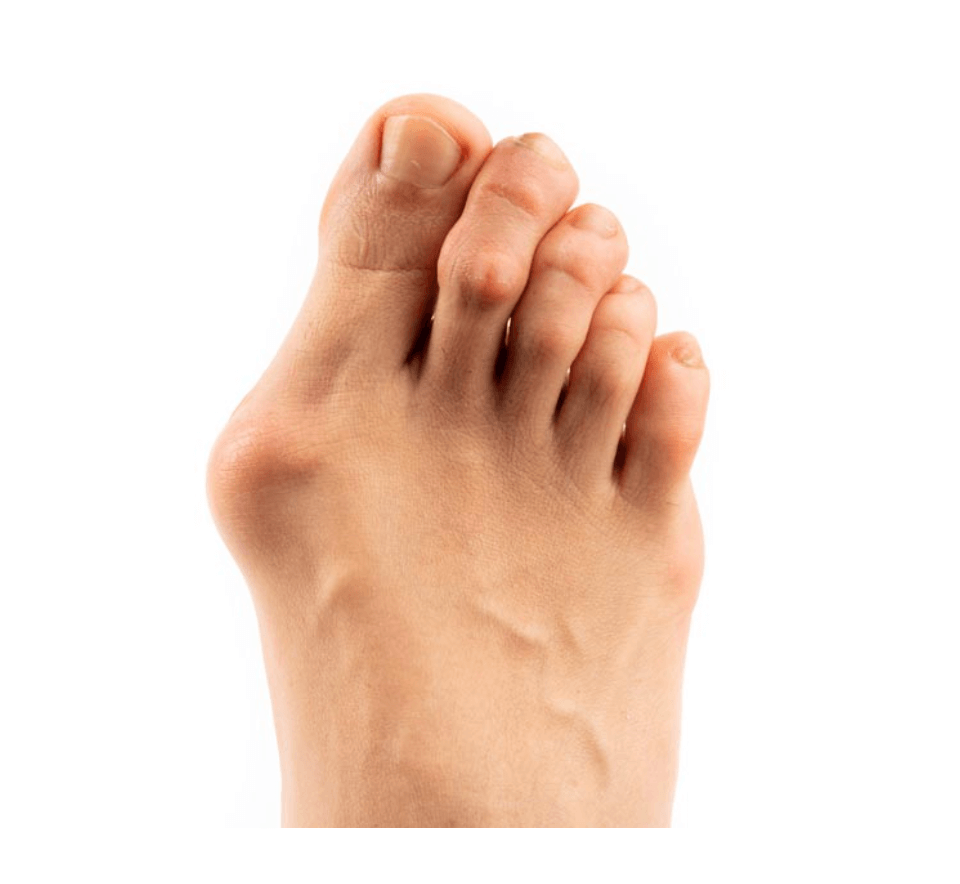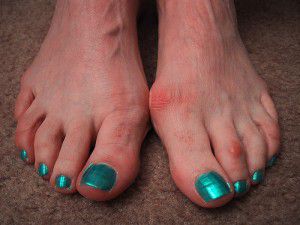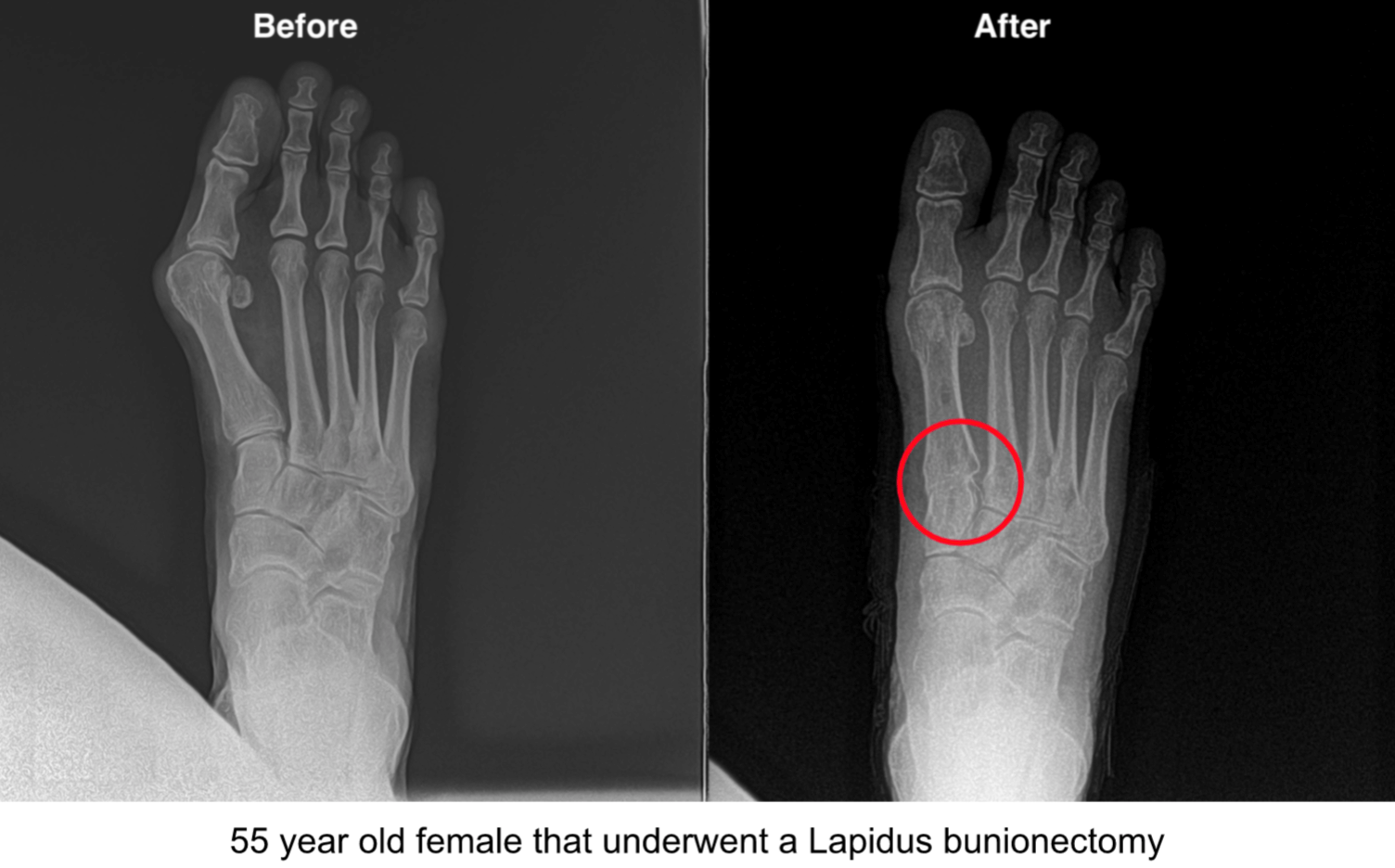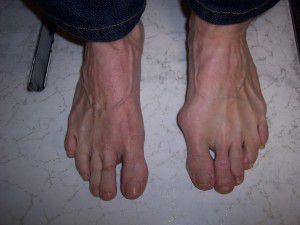bunion surgery seattle
Displaying items by tag: bunion surgery seattle
Dr Timothy Young, a Board Certified Foot Surgeon on: Should I Get Bunion Surgery?

Dr Timothy Young, a Board Certified Foot Surgeon on: Should I Get Bunion Surgery? Part 1
Bunions, are a common foot deformity, they can cause pain and discomfort, affecting your daily activities, exercise and overall quality of life. If you're suffering from a bunion, you may have considered the option of bunion correction surgery. However, deciding whether or not to proceed with surgery is a choice that requires careful consideration. In this blog post, I will explore the factors you should take into account when deciding whether to get bunion surgery.
Understanding Bunions: Before considering the decision-making process, it's important to understand what bunions are. A bunion is a bony bump at the base of the great toe, and the deformity also causes the great toe to deviate outward. This condition often leads to pain, inflammation, and challenges in finding comfortable footwear. Bunions can be caused by various factors, including genetics, footwear choices, and certain medical conditions. In most cases, you inherit a foot structure that is prone to developing the bunion.
Conservative Treatments: When considering bunion surgery, you want to explore conservative treatments first. Non-surgical approaches may include changing shoes, using prescription orthotic inserts, applying ice or heat, taking over-the-counter pain relievers, and doing exercises to improve foot strength and flexibility. These methods can provide relief for mild to moderate bunions, and surgery should be considered when conservative measures do not provide relief.
If you are experiencing foot or ankle pain, give us a call at 425-391-8666 or make an appointment online today.
Dr Brandon Nelson, A Board Certified Physician & Surgeon, Discusses How to Heal Quickly Following Bunion Surgery

There are a few things patients can do to heal faster from bunion surgery. I will review some ideas that patients can utilize that may decrease healing time frames. Most importantly one must follow the postoperative course as directed by your surgeon. It is important to realize that 2 things need to heal following surgery: soft tissues and bone.
Soft tissues consist of skin, subcutaneous tissues and capsular tissue around the joint. These structures are primarily sutured closed and will typically have sutures in for 10-14 days depending on the site. There are a few supplements that can help to improve healing. I like to have my patients take collagen and zinc and hydrate as these can influence skin healing. Once the wound is closed I encourage the use of silicone and moisturization of the wound. Additionally it is important to start the range of motion of the toe to free up and adhesions.
Bone is the other structure that must heal after bunion surgery. Usually, a bone cut, or fusion is performed. This is dependent on the procedure but there are a few things you can do to speed bone healing. The first being additional calcium and other bone healing nutrients. I like to have my patients take a bone healing supplement and increase the consumption of green leafy vegetables. Additionally, if a bone stimulator is available this can be helpful.
Regardless of the bunion procedure these tips can be helpful in your recovery process. Take care and wish you a speedy recovery. If you are experiencing foot or ankle pain, give us a call at 425-391-8666 or make an appointment online.
Dr. Brandon Nelson, a Board-Certified Foot and Ankle Surgeon and Physician, and Lapiplasty Surgeon Discusses Bunion Corrections

Bunion surgery is one of the most performed surgical procedures in the United States. The bunion can be corrected with many different types of procedure from osteotomies (the cutting of bone) to arthrodesis (the fusion of bones). Lapiplasty procedure is relatively new but utilizes a technique that has been around for years. The procedure is based on a Lapidus bunion surgery.
This procedure was named after a Dr Lapidus. It involves fusion of a tarsometatarsal joint to stabilize the foot and fix the bunion. The Lapiplasty allows for surgeons to have reproducible results utilizing special equipment and cutting jigs. I find Lapiplasty to be a reliable tool for bunion correction. Especially useful in large bunion cases and with people that have had long standing bunions. If you have a large bunion and would like to speak with a Lapiplasty Surgeon please contact my office and we can see if you are a candidate. Give us a call at 425-391-8666 or make an appointment online today.
Sincerely,
Dr. Timothy Young, Board-certified Foot Surgeon and Bunion Specialist, Talks About How to Heal Your Bones Faster After Bunion Surgery

Dr. Timothy Young, Board-certified Foot Surgeon and Bunion Specialist, Talks About How to Heal Your Bones Faster After Bunion Surgery
Bone healing can be addressed with variety of different measures including proper immobilization with the cast or a boot to keep weight off the area where the bone is healing. Bone healing stimulation devices, supplements that enhance bone healing such as ortho pro bono can help. If you are experiencing foot or ankle pain, give us a call today at 425-391-8666 or make an appointment online.
Dr. Brandon Nelson Discusses Bunion Surgery and What You Need to Know
.jpg)
People with a painful bunion often begin to contemplate bunion surgery. Bunion surgery is a great option for patients who are wish to relieve symptoms cause by bunions.
There are many different types of bunion surgeries. Bunion surgeries are based on the size of the bunion and the individual foot structure. The majority of bunion surgeries require and incision on the top of the big toe joint. The procedure then involves removing and realigning bone and soft tissue of the big toe joint. If any other foot issues are present, like a flatfoot, these should be fixed at the same time.
Scheduling an appointment to have your bunion evaluated is the first step. Dr. Nelson will discuss your x-rays and all of your options. He will present both conservative and surgical and help you determine what is best. Some common questions include:
-Surgery is done one foot at a time
-The majority of bunion surgeries are less than 2 hrs
-Patients are sedated during the procedure and this is done in the office
-Pain medication will be prescribed for when the nerve block wears off
-Walking without crutches is possible for most people
The recovery can vary from patient to patient. However, most people can bear weight after the procedure. It is important to follow all post-op instructions carefully. If you have a painful bunion and want to know what options are available and live in Issaquah, Sammamish, Snoqualmie, Bellevue, Seattle, Kirkland or Maple Valley give us a call so we can help.
Give us a call today at 425-391-8666 or make an appointment online.
Dr. Timothy Young Talks About Joint Fluid and Bunion Surgery

Surgical bunion correction is a common procedure at our clinic and our surgical center. During bunion surgery after the skin incision, subcutaneous layer is also dissected and then the joint capsule. The joint capsule serves multiple functions. One is to help stabilize the joint–much like the ankle joint has ligaments that stabilize your ankle. The inner layer of the joint capsule produces synovial fluid to lubricate the joint. During surgery this joint fluid comes out during the procedure.
It can be helpful to replenish this joint fluid to help get the joint functioning properly again and moving like it should. There are different ways to accomplish this. We often inject sympathetic joint lubricant into the joint during the early postoperative time frame. The brand that we utilize is called Supartz. This was originally FDA cleared to help protect the knee joint and treat knee joint symptoms. We use Supartz in many different applications within the foot and ankle. But after bunion surgery to get the joint moving again, is certainly one of them. This can also be very helpful if the patient has arthritis of the great toe joint and has to have a joint cleanup procedure to remove some of the bone spurs and repair cartilage.
Dr. Brandon Nelson Discusses Common Questions Regarding Bunion Surgery

Do I need bunion surgery?
Quite a few patients ask this question. There are many factors that go into whether I think a patient should undergo surgery. Pain is the primary factor that I like to use for patients deciding whether or not they need bunion surgery. Another factor includes whether or not their second toe is affected from the bunion with something like a hammertoe occurring. Another important factor to consider is that a bunion is a progressive deformity and at some point usually requires to be fixed.
How long doesn’t take to recover from bunion surgery?
This is a much harder question to answer because there are many variables that play into this. The most important variable is the type of bunion surgery that was performed. It also depends on one's definition of recovery. Majority of patients we see are walking within 1 week and can return to normal activities as quickly as 6 weeks or as long as 3 months.
Doesn’t hurt to have bunion surgery?
I find this question very easy to answer yes bunion surgery can be uncomfortable. However, at our office we typically perform 3-5 bunion surgeries every week and are very well-versed in helping patients with pain management. Any type of surgery will typically produce pain as this is a normal an inflammatory response. The majority of people that we treat typically will take pain medications for approximately 1-3 days.
Can I still Drive after having bunion surgery?
This question really depends on the type of bunion surgery that is performed. A large majority of bunion surgeries the patient can drive as soon as they feel comfortable. The majority of patients will drive in a stiff shoe however some patients with larger reconstructions may not be able to drive for approximately 4-6 weeks.
Dr. Timothy Young Talks About When to Do Bunion Surgery Continued

We have talked previously about timing for bunion surgery and how bunions progress over time. The challenge is that it is never the right time for bunion correction surgery. So what are your alternatives, how can you buy some time. There are some different options.
Dr. Brandon Nelson Discusses the Best Options for Bunion Surgery

Contemplating bunion surgery can be an overwhelming task. Often times we see patients that have visited multiple practitioners. The best piece of advice I can give my patients is to be comfortable with the physician. There are many different types of bunion surgeries. The majority of bunion procedures can be broken up to either head or base procedures. The way to think about it is really large bunion deformities as base procedures and smaller bunion deformities can utilize head procedures.
The most common head procedures performed are the Austin bunionectomy or some form of a Chevron osteotomy. The most common of base type procedure is the Lapidus or arthrodesis of the metatarsal cuneiform joint. The procedure performed really dictates the postoperative recovery. The majority of patients we see are walking within the first week and usually do not take more than 3-5 days off of work. Another great things about Issaquah Foot and Ankle Specialists is we have an on-site surgery center which really reduces the cost and time. If you are contemplating bunion surgery we would happily discuss it with you and help you come up with the best available options.
Give us a call at 425-391-8666 or make an appointment online today.
Dr. Brandon Nelson Discusses What To Think About For Bunion Surgery

I like to make sure all my patients are well informed for any procedure they are considering, especially bunion surgery. It is important to note both the pros and cons of bunion surgery as well as what the recovery looks like. The majority of bunion procedures allow patients to walk immediately afterwards. However there can be some discomfort. It’s important to understand that pain, swelling and bruising are normal prior to the surgical process.
I encourage my patients ask questions at their pre-operative appointment, as this makes the surgical process much easier. Additionally, I provide all my patients with multiple handouts on what to expect and how to decrease down time and their recovery period. At our clinic we are lucky enough to have an on-site surgical center so this is both a huge time and cost savings for all of our patients. This also affords us the opportunity to perform more bunion surgeries than the average foot and ankle physician and we take great pride and specializing in bunion care. If you’re contemplating bunion surgery or just want an opinion on your bunion we are here to help.
Give us a call today at 425-391-8666 or make an appointment online.



